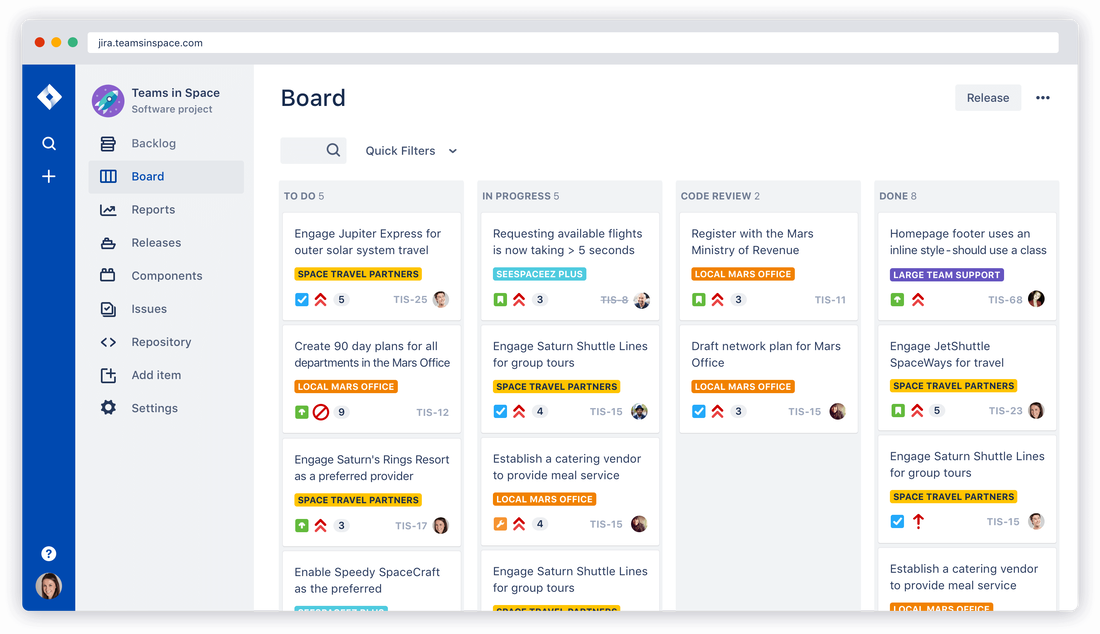Scrum Naively Maximizes "Solo Work"
If Devs Need To Ask Each Other To Pair, They Won't
When tickets are scrumly individualized, virtually all pairing turns in "hey, I'm stuck. Can you help me?" at which point the second person is taken out of his or her own current flow, needs to learn all the context around what this other person is doing, and maybe recommends a completely different approach to the problem... it becomes a huge mess very quickly.
Sure, in theory scrum can work if every individual completes his or her isolated task perfectly so that it matches up with everyone else's isolated task. Each card leans on the next to form the overall tower, but it's just that- a house of cards. Any little thing that goes wrong or person who gets stuck throws everything in the entire world off. Scrum only works if you have a team of extremely introverted coding all-stars who can read each other's minds.
That way of having a team code is not fun, not productive, not efficient...
Pair Up At The Beginning of The Workday
Of course, working on a remote team presents its own challenges, and generally I would recommend aiming for about 2 hours of pairing before and after lunch. This leaves a bit of buffer for preparing before the pairing session, pushing the code or tying up loose ends afterward, taking breaks (which you should do often), fitting in other meetings, and taking care of routine busywork like doing timesheets and compliance courses.
Announcing what the morning and afternoon pairs will be during standup makes it feel a lot more natural to ask other devs to pair, see the work through to the end with them, and not feel there is something else you should be doing.
Another interesting thing to note is that the standup meeting doesn't necessarily need to be "at the beginning of the day". For example, you could have a standup meeting at 1pm in the afternoon, and at that time you announce the pairs for the remaining hours of the day and also the pairs for the next morning.
Don't Convert a Current Scrum Team To XP- Let Those Who Want To Break Off And Do XP
3 Hours of Agile Meetings Per Sprint
These are:
- 12-minute standup meeting at the beginning of each workday.
- 1-hour sprint planning meeting
- 1-hour retro meeting.
XP Feedback Loops
https://commons.wikimedia.org/w/index.php?curid=27448045




 RSS Feed
RSS Feed